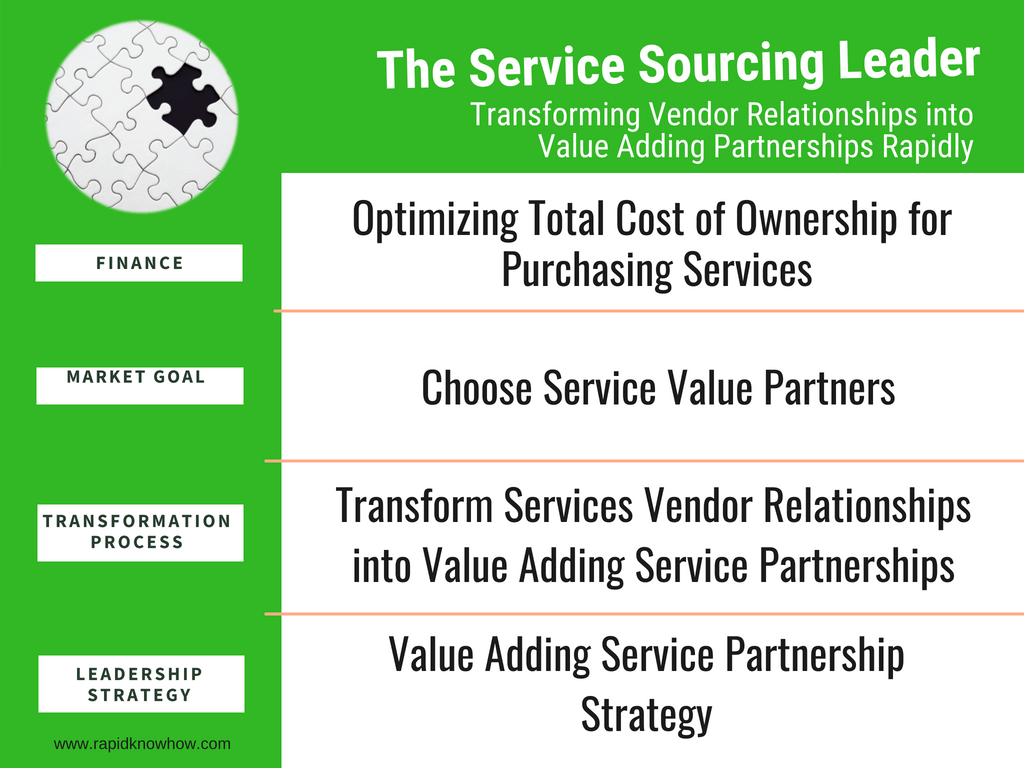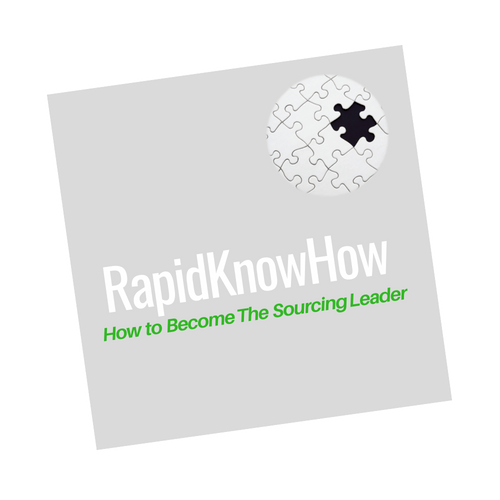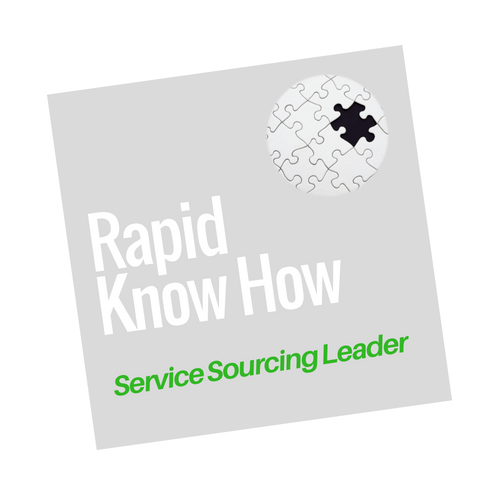3 Smart Strategies to Choose Your High-Performance Vendors Rapidly
You want to Find Out Your High-Performance Vendors to Set a Performance Standard for Your Organisation.
Apply These Three Strategies to Achieve Your Goal:Smart Strategy # 1: Check Your Vendors Reliability & Consistency
Smart Strategy #2: Assess Your Vendors Innovation Competency and Entrepreneurial Approach
Smart Strategy #3: Evaluate Your Vendors Flexibility to Deliver Unplanned Solutions
Introduction
Situation You are a Procurement Professional and seeking to define which vendors are high-performance vendors and which vendors are not. Within a taskforce, you can define what the key criteria are which you can align with your vendors in the future to keep company standard and develop the vendors which do not fall under the given criteria.
Goal As the basis, you want to find out if the vendor is actually delivering what is defined within the contract, you should also find other criteria, where you should be able to cluster which vendors are good and which Vendors are not. Of course, you might have already developed a vendor pyramid, which considers also blacklisted vendors, intermediate vendors, strategic vendors etc.
Action If you haven’t and you are about to challenge the current vendor structure within the organization in a short period of time to conclude a project you can apply these three smart strategies:
Smart Strategy #1: Check Your Vendors Reliability & Consistency
Does the vendor deliver on-time and according to the agreement? Does this align with the agreement or are there variances.
For example, when I worked as a Procurement Consultant in a Project, the aim was that the Vendor delivers office material in 2 weeks, with the agreed prices after negotiation and with a 100% quality, meaning that the material should not have any defects.
This was delivered by the vendor and received in terms of scoring an optimum on points. This needs to be monitored within a set period of time e.g. for 1 quarter for example and the vendor performance needs to be checked in an Excel file or other vendor performance tools which your organization provides.
Smart Strategy #2: Assess Your Vendors Innovation Competency and Entrepreneurship
Does your vendor also deliver new ideas to the project team on regular basis? Do your products your organization sell have high impacts on the market because your Vendor is delivering performance by sharing best-practices and showing benchmarks which raises or sales or reduces your costs.
For example, a vendor which is about to provide a management consulting concept in the pharma sector to increase the sales channels of drugstores on the Dutch market. Sharing practices from other reference projects which should support the right consulting methodologies so the project team from the client understands the key issues and delivers the aims within the budget frame.
Here the interaction with your internal buyer is important and monitor the performance from the vendors. Aim to have a weekly meeting with the internal buyers which work with the vendors with the highest spend and receive an open feedback on their performance. Some sub-criteria could be a development of solution category, Availability to share information as best-practice information, cross-selling opportunities and strategies on how to deliver this.
Smart Strategy #3: Evaluate Your Vendors Flexibility to Deliver Unplanned Solutions
How does your vendor deliver Solutions, which are not planned but you need the vendor to deliver a solution? This does not only consider the product but also a service which can be delivered in short-term by the task force from the vendor.
For example, an upgrade of hosting an SAAS Platform instead of 08:00 a.m.-17:00 p.m. to 24-7, with the given premium support from the vendor. Here the main question is: how quickly can this be delivered by the vendor? How effective is the communication from the vendor with the customer and how can this switch cause the smallest impacts on the total cost of ownership costs.
Here again, you can monitor this with your internal buyer in taking the primary vendors into account and setting joined criteria and monitoring them in a time frame of 1 quarter. Possible criteria are: Support time switch, fastening delivery, raising the payment terms or decreasing the running prices as there is a reduction in market share for the current year.
Once you have all the information in, make sure that you make a final report and deliver this to the task force.
If you would like to deliver a joined programme on how to deliver this within your organization, please feel free to contact me at https://www.linkedin.com/in/philipdavidconsulting/
I provide One-to-One Coaching for Procurement Professionals and lead On-site Projects in the area of Sourcing and Procurement as a Consultant.
Good luck with your further Procurement activities!
Download Your Action Guide on 3 Smart Strategies to Choose Your High-Performance Vendor Rapidly
[embeddoc url=”https://www.rapidknowhow.com/wp-content/uploads/2018/07/TheOneHourServiceSourcingLeader-3SmartStrategiesToChooseYourHigh-PerformanceVendorRapidly-4.pdf” download=”all”]
 Philip David MBA specializes in crafting your breakthrough service sourcing strategy, evaluating and choosing your strategic service providers, developing your business case for optimizing your total service cost of ownership and leading your implementation project for delivering sustainable results rapidly.
Philip David MBA specializes in crafting your breakthrough service sourcing strategy, evaluating and choosing your strategic service providers, developing your business case for optimizing your total service cost of ownership and leading your implementation project for delivering sustainable results rapidly.
Contact Philip
Please, use the form below and I will come back within 24 hours. Email: philip.josef.david@gmail.com
[CONTACT_FORM_TO_EMAIL id=”4″]







